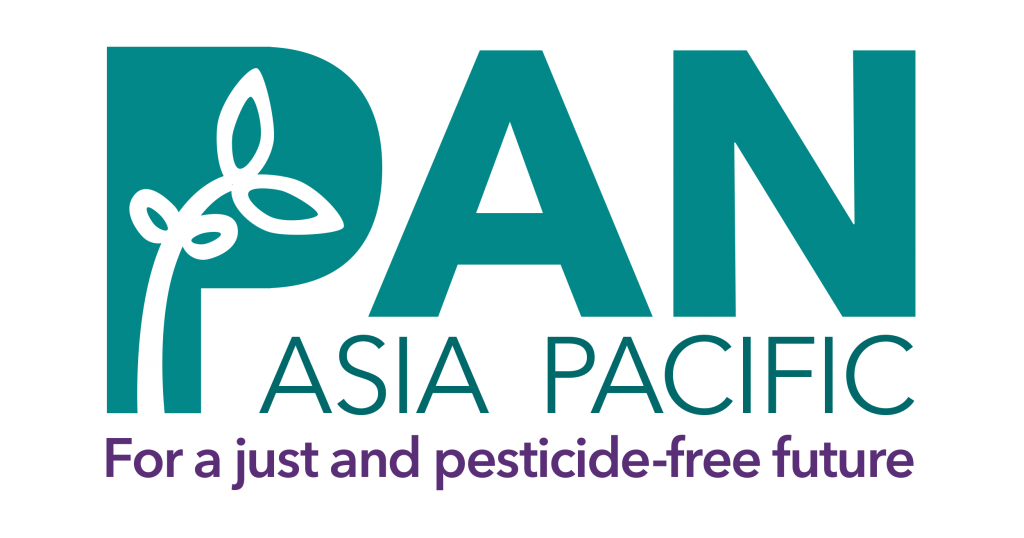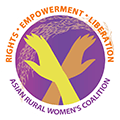PAN Asia Pacific (PANAP) today disclosed that about 1,148 children have been poisoned by pesticides in the past five years. Of this number, 42 have died due to the poisoning.
The children are mostly from Asia and are aged up to 17 years old.
PANAP released its findings to mark today’s World Environment Day and to stress how pesticides violate the children’s right to health and a healthy environment.
The data, which cover the period 2013 to 2017, are part of the Protect Our Children (POC) Watch, the latest initiative of PANAP to closely monitor and expose such violations to children’s rights.
Of the total number of victims, 552 children fell ill due to toxic fumes and pesticide drift while 596 were poisoned by consuming food contaminated by pesticides.
In the first five months of 2017 alone, 475 children in India were poisoned by toxic fumes while 9 children have died due to pesticide poisoning in India, US, South Africa and UAE.
Despite supposedly stricter pesticide regulations, children are still being poisoned. Poisoning symptoms include vomiting, diarrhea and dizziness with severe cases causing death, PANAP noted.
In many developing countries, poverty forces many children to work in farms and plantations where they are often engaged in using pesticides. Many rural children also live near plantations where they are exposed to pesticide spray drifts.
In the Philippines, for instance, plantations that carry out aerial spraying are usually near communities and schools. In Palestine, the Israeli-operated Geshuri Industrial Complex that produces agrochemicals is very close to two universities and seven schools that together serve a total of 11,000 students.
Children are especially vulnerable to pesticides as they breathe more air, eat more food and drink more water per unit of body weight than adults. The 1,148 cases reported in the POC Watch also do not account for low-level long-term exposure to pesticides which can lead to learning disorders and cancer.
Agrochemical corporations continue to make profits from pesticides and must be held accountable for poisoning and in several cases even killing children with their toxic commodities, said PANAP.
PANAP reiterated the United Nations (UN) Special Rapporteur on the Right to Food, Dr Hilal Elver’s call for a buffer-zone around schools and to replace chemicals like pesticides with biology for a better environment for our children’s future.
Every year, 1.7 million children die due to environmental pollution, including pesticides, according to a World Health Organization (WHO) 2017 report. However, estimates on the number children impacted globally by pesticides are largely unknown.
PANAP’s monitoring of pesticide poisoning among children aims to address this gap. For this monitoring work, PANAP culls the data and information from online news and reports from its partners and network.
Information on residues is often hard to get publicly, especially in Asia due to limitations on the right to information. Governments also lack the capacity to test for residues.
Because of this limitation, PANAP does not claim that its monitoring represents the true global extent of pesticide poisoning among children but offers a glimpse of the impacts of pesticides on the lives of children.
PANAP urged government agencies and relevant inter-governmental bodies like the WHO, UN Environment Programme (UNEP), and Food and Agriculture Organisation (FAO) to closely and systematically monitor the impacts of pesticides on young children.
TAKE ACTION >> Urge governments to implement a one-kilometer or more pesticide-free buffer zone around schools.
For more information: Deeppa Ravindran, PANAP’s Pesticide Programme Coordinator, deeppa.ravindran@panap.net.
Reference:
1. List of pesticide poisoning cases from 2013 to 2017.








Discussion about this post